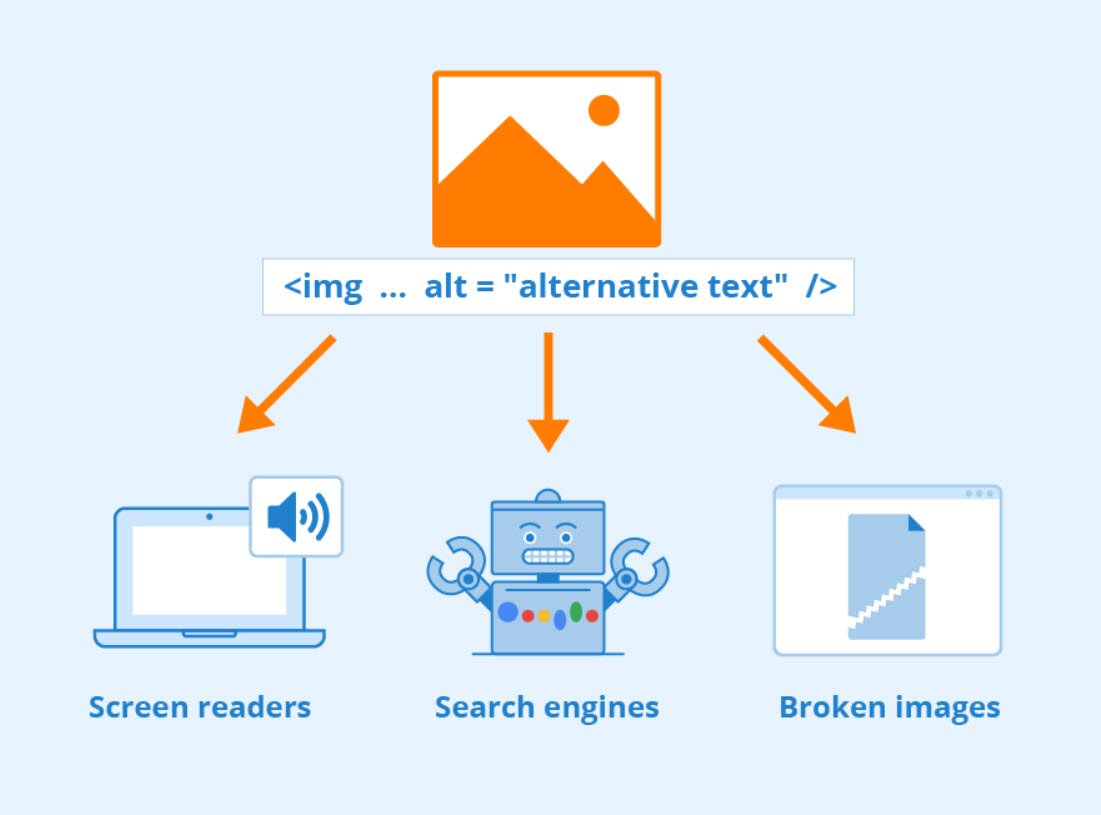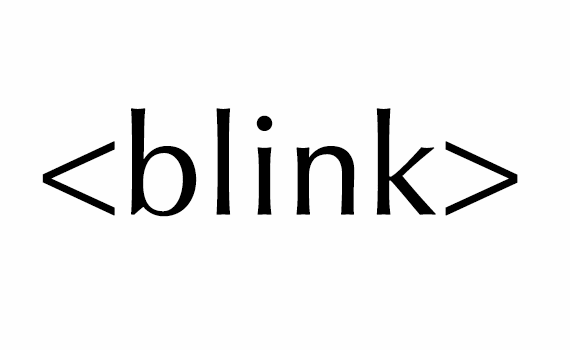
In an era where the internet serves as a primary source of information and communication, it is crucial to ensure that web content is accessible to everyone, regardless of their abilities or disabilities. Designing accessible pages not only broadens your audience but also promotes inclusivity and equality on the web.
Here are some simple yet impactful measures you can take to make your web pages more accessible.
1. Alternative Text for Images
One of the fundamental principles of web accessibility is providing alternative text for images. Use the `<img>` tag’s `alt` attribute to describe the content of each image.
The alternative text should be rich and meaningful, conveying the purpose or information that the image conveys. In HTML 4.0, the `alt` attribute is now a required part of the `<img>` tag, emphasizing its significance.

2. Enhance Alt Text for Speech Devices
To improve accessibility for users relying on speech devices, add periods at the end of alt text. This helps speech devices locate the logical end of a phrase, ensuring a smoother and more comprehensible reading experience.
3. Graphic Links with Captions
When linking a graphic, provide a caption underneath it that also serves as a text link. This ensures that users with screen readers or those who prefer text-based navigation have access to the same information as those who can view graphics.
4. Text Link Alternatives for Imagemaps
Imagemaps often present challenges for accessibility. Provide text link alternatives for each area of the imagemap, ensuring that users with different abilities can access the intended content.
5. Text-Only Version
Consider offering a text-only version of the entire site from the home page. This provides a simplified and accessible version of your content, catering to users with different needs and preferences.
6. Transcripts for Audio Content
To accommodate users with hearing impairments, provide transcripts or detailed descriptions for audio clips. This ensures that the content is accessible and understandable for all users, regardless of their ability to hear.
7. Caution with PDF Files
Exercise caution when using PDF (Adobe’s Portable Document Format) to deliver information. If PDF files are used, provide an HTML alternative. Additionally, consider including a link to Adobe’s site where users can download software tools to convert PDF files to text format for nonvisual browsers.
8. Alternative Mechanisms for Online Forms
Make online forms accessible by providing alternative mechanisms such as a text-based order form or a phone number for personal assistance. This ensures that users with varying abilities can interact with your forms effectively.
9. Avoid the `<blink>` Tag
Avoid using the `<blink>` tag, as it can disrupt the experience for users relying on Braille and speech displays. Opt for more accessible design choices to maintain clear communication across different devices.

10. Meaningful Table Structure
Ensure that content within tables makes sense when read sequentially in the HTML source. This practice enhances the experience for users relying on screen readers and other assistive technologies.
11. Proper Use of HTML Structural Tags
Be mindful of using HTML structural tags for their intended purposes rather than for presentation purposes. Misuse of tags, such as using `<blockquote>` purely for indents, can hinder clear communication for users relying on speech or Braille devices.
In conclusion, designing accessible web pages is not only a matter of compliance with standards but a commitment to creating an inclusive digital environment. By incorporating these simple measures into your web design practices, you contribute to making the internet a space that is accessible to everyone, regardless of their abilities or disabilities.
Embracing accessibility is not just good practice; it’s a step towards a more equitable and user-friendly online world.
You may also like:- How To Fix the Crowdstrike/BSOD Issue in Microsoft Windows
- MICROSOFT is Down Worldwide – Read Full Story
- Windows Showing Blue Screen Of Death Error? Here’s How You Can Fix It
- A Guide to SQL Operations: Selecting, Inserting, Updating, Deleting, Grouping, Ordering, Joining, and Using UNION
- Top 10 Most Common Software Vulnerabilities
- Essential Log Types for Effective SIEM Deployment
- How to Fix the VMware Workstation Error: “Unable to open kernel device ‘.\VMCIDev\VMX'”
- Top 3 Process Monitoring Tools for Malware Analysis
- CVE-2024-6387 – Critical OpenSSH Unauthenticated RCE Flaw ‘regreSSHion’ Exposes Millions of Linux Systems
- 22 Most Widely Used Testing Tools








